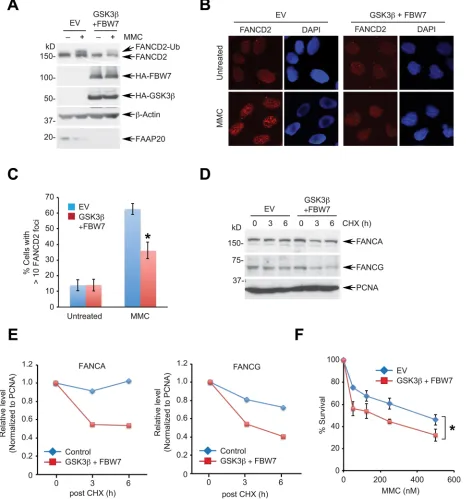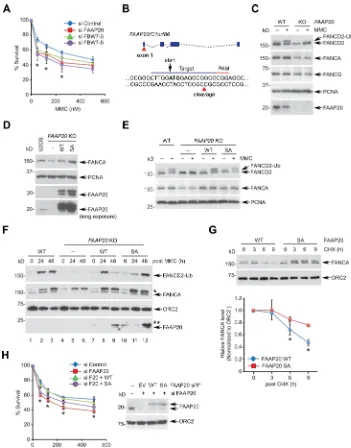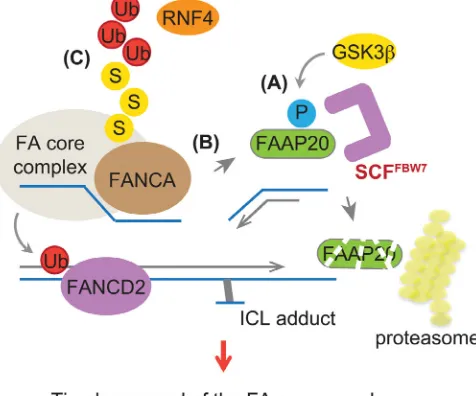FBW7 regulates DNA interstrand cross-link repair by modulating FAAP20 degradation
Full text
Figure
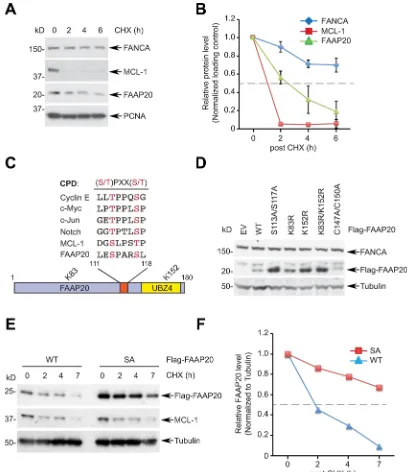
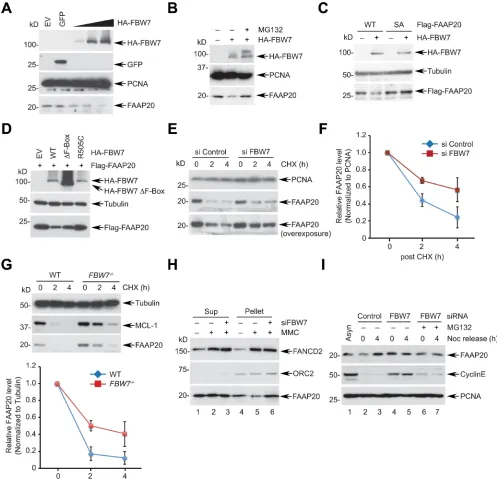
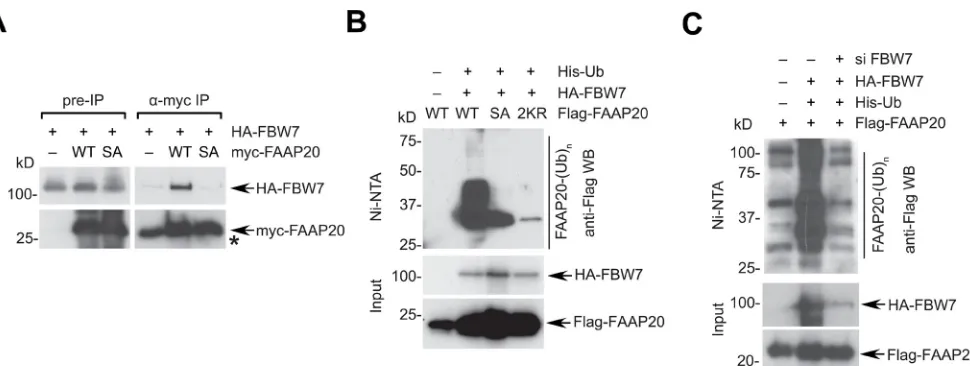
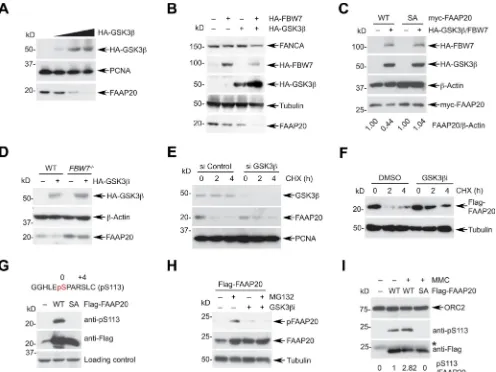
Related documents
Figure 1 Experimental setup for the measurement of the heat generated by resin-based composites (RBC), exothermic reaction and LED light curing unit (LCU) (part I and III) and for
parole prediction research, data were collected to' test the relationship between parole outcome and a measure of the parolees' identification with criminal others and
In line with this hypothesis, we have demonstrated that incubation of B19V with red blood cells, which allow virus binding but not virus internalization, can trigger the
differentiated oral squamous cell carcinoma showing 76 to 100% of positivity and moderate staining intensity... TITLE
The Project is presenting its findings in four interrelated volumes: Volume One provides an overview of the project’s work, including its pedagogical foundations; the
Sakai, “Orthonormal polynomials for generalized Freud-type weights and higher- order Hermite-Fej´er interpolation polynomials,” Journal of Approximation Theory , vol..
We also investigated sixteen adjacent tagging SNPs of GSTP1 , MPO and NQO1 (which covered 100% haplotype variation within these genes), and four SNPs of CYP2E1 (one of which
These nonisolated converters for high step-up applications are used with switched-capacitor converters, voltage multipliers, cascaded converters and coupled inductors to obtain
